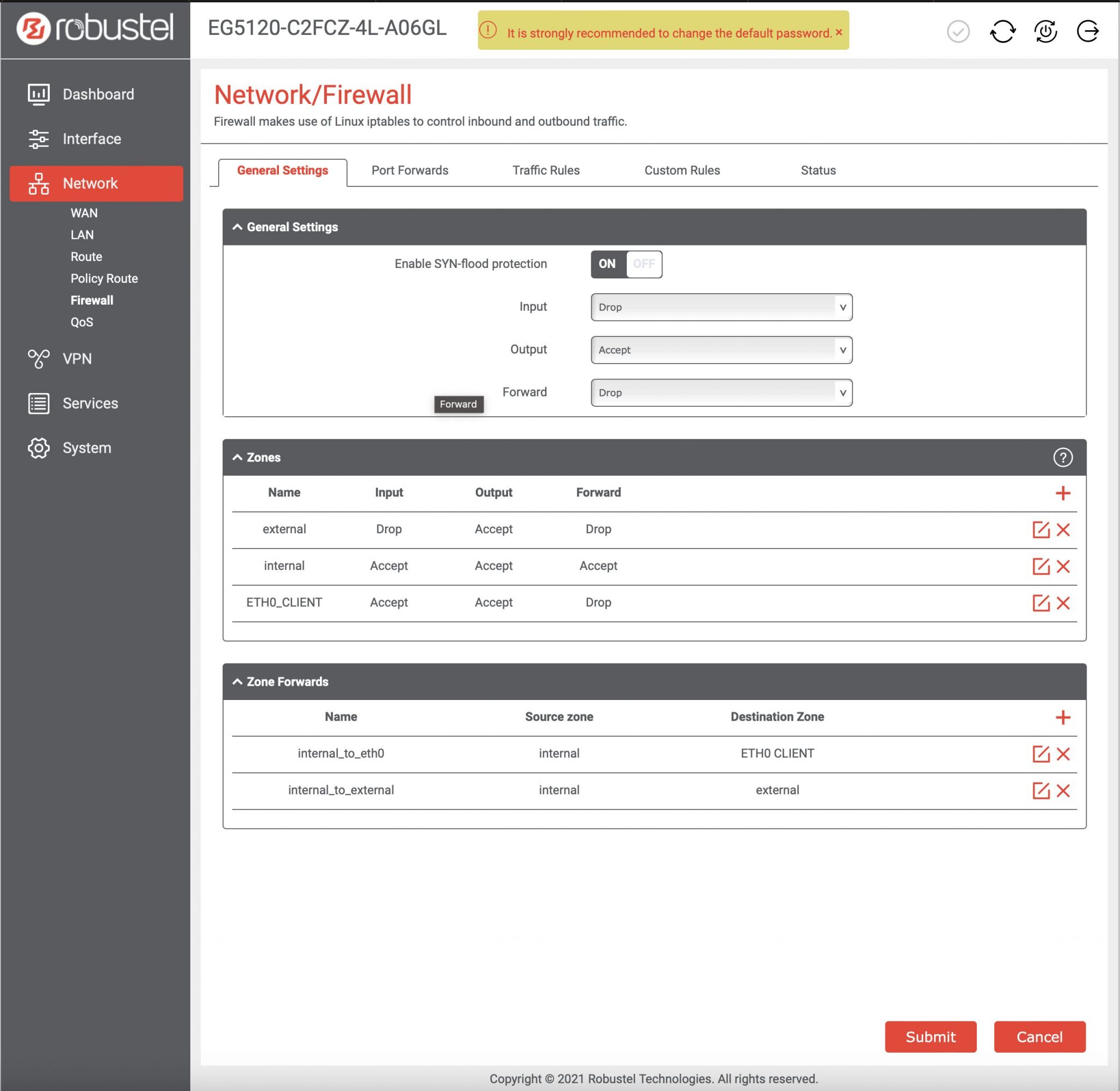Ever wondered how you can access IoT devices via SSH without breaking the bank? Well, buckle up because we're diving deep into the world of IoT connectivity, SSH protocols, and free download solutions that make life easier for tech enthusiasts like you. Whether you're a hobbyist, developer, or just someone curious about IoT devices, this article has got you covered.
In today's hyper-connected world, IoT devices are everywhere—from smart homes to industrial automation systems. But what happens when you need to remotely manage these devices? Enter SSH (Secure Shell), a protocol designed to secure network services over an unsecured network. And guess what? You don't have to spend a dime to get started. This guide will walk you through everything you need to know about accessing IoT devices via SSH with free tools.
Now, before we dive into the nitty-gritty, let me set the stage for you. This isn't just another tech article. It's a detailed exploration of the best practices, tools, and tricks to help you unlock the power of SSH for IoT devices. So, grab your favorite beverage, and let's get started!
Read also:Raspberry Pi Vpc Network Tutorial Your Ultimate Guide To Building A Virtual Private Cloud
What is SSH and Why Does It Matter for IoT Devices?
Let's start with the basics. SSH stands for Secure Shell, and it's a cryptographic network protocol that allows you to securely connect to remote devices. Think of it as a digital handshake that encrypts all communication between your computer and the IoT device. Without SSH, anyone could potentially intercept your data, which is a big no-no in the world of cybersecurity.
For IoT devices, SSH is particularly important because these gadgets often operate in environments where security is paramount. Whether it's a smart thermostat in your home or a sensor monitoring a manufacturing line, ensuring secure communication is non-negotiable. And the best part? You can access IoT devices via SSH without spending a fortune. There are plenty of free tools available that make this process a breeze.
How SSH Works in IoT
Here's a quick rundown of how SSH works in the context of IoT:
- Authentication: When you connect to an IoT device via SSH, the first step is authentication. This ensures that only authorized users can access the device.
- Encryption: Once authenticated, all communication between your computer and the IoT device is encrypted, making it nearly impossible for hackers to eavesdrop.
- Command Execution: With SSH, you can execute commands on the IoT device remotely, which is especially useful for troubleshooting or configuration.
Now that you know the basics, let's move on to the good stuff—how to access IoT devices via SSH for free!
Top Free Tools for Accessing IoT Devices via SSH
There's no shortage of free tools available for accessing IoT devices via SSH. From command-line utilities to graphical interfaces, there's something for everyone. Here's a list of the top contenders:
1. PuTTY
PuTTY is a classic choice for SSH enthusiasts. It's lightweight, easy to use, and best of all, completely free. If you're working on a Windows machine, PuTTY is your go-to tool for accessing IoT devices via SSH. Plus, it supports a wide range of protocols, including Telnet and SCP, so you're not limited to just SSH.
Read also:Mastering Remoteiot Device Login The Ultimate Guide For 2023
2. OpenSSH
For those of you using Linux or macOS, OpenSSH is the way to go. It's pre-installed on most Unix-based systems, so you don't even need to download anything. Just fire up your terminal and start connecting to your IoT devices. OpenSSH is incredibly powerful and offers a ton of customization options, making it a favorite among advanced users.
3. MobaXterm
If you're looking for a more feature-rich option, MobaXterm is worth checking out. It's a powerful terminal emulator that supports SSH, FTP, and more. Plus, it has a user-friendly interface, making it a great choice for beginners. And the best part? It's free for personal use.
Step-by-Step Guide to Accessing IoT Devices via SSH
Now that you know the tools, let's walk through the process of accessing an IoT device via SSH. We'll use PuTTY as an example, but the steps are similar for other tools as well.
Step 1: Install PuTTY
Head over to the official PuTTY website and download the latest version. The installation process is straightforward—just follow the on-screen instructions. Once installed, you're ready to roll.
Step 2: Connect to Your IoT Device
Open PuTTY and enter the IP address of your IoT device in the "Host Name" field. Make sure the port is set to 22, which is the default port for SSH. Click "Open," and you'll be prompted to log in using your credentials.
Step 3: Execute Commands
Once connected, you can start executing commands on your IoT device. For example, you can check the device's status, update firmware, or configure settings—all from the comfort of your computer.
Best Practices for Secure SSH Access
While SSH is inherently secure, there are a few best practices you should follow to ensure maximum protection:
- Use Strong Passwords: Avoid using weak or easily guessable passwords. Consider using a password manager to generate and store complex passwords.
- Enable Key-Based Authentication: Instead of relying on passwords, use SSH keys for authentication. This adds an extra layer of security and eliminates the risk of brute-force attacks.
- Limit Access: Restrict SSH access to only those users who absolutely need it. This minimizes the risk of unauthorized access.
By following these best practices, you can rest assured that your IoT devices are secure and protected from potential threats.
Common Challenges and How to Overcome Them
As with any technology, there are bound to be challenges when accessing IoT devices via SSH. Here are some common issues and how to overcome them:
1. Connection Issues
If you're having trouble connecting to your IoT device, make sure the device is properly configured to accept SSH connections. Also, double-check the IP address and port number to ensure they're correct.
2. Authentication Failures
Authentication failures are often caused by incorrect passwords or misconfigured SSH keys. If you're using password-based authentication, make sure you're entering the correct credentials. For key-based authentication, ensure that the public key is correctly installed on the IoT device.
3. Performance Issues
If you're experiencing slow performance, try optimizing your SSH configuration. For example, you can disable unused features or tweak the encryption settings to improve speed.
Data Privacy and Security Considerations
When accessing IoT devices via SSH, it's important to consider data privacy and security. Here are a few tips to keep your data safe:
- Encrypt Sensitive Data: Always encrypt sensitive data before transmitting it over the network.
- Regularly Update Firmware: Keep your IoT devices up to date with the latest firmware to protect against vulnerabilities.
- Monitor Activity: Regularly monitor SSH activity to detect any suspicious behavior.
By prioritizing data privacy and security, you can ensure that your IoT devices remain safe and secure.
Future Trends in IoT and SSH
The world of IoT is evolving rapidly, and SSH is likely to play an increasingly important role in securing these devices. Here are a few trends to watch out for:
- Quantum Computing: As quantum computing becomes more mainstream, traditional encryption methods may become obsolete. SSH will need to adapt to these changes to remain secure.
- Edge Computing: With the rise of edge computing, more data processing will occur at the device level. This will require new approaches to SSH and other network protocols.
- AI Integration: Artificial intelligence is already being integrated into IoT devices, and SSH will need to evolve to support these advanced capabilities.
These trends highlight the importance of staying up to date with the latest developments in IoT and SSH.
Conclusion: Take Action Today
Accessing IoT devices via SSH doesn't have to be complicated or expensive. With the right tools and knowledge, you can securely manage your devices from anywhere in the world. So, what are you waiting for? Download a free SSH tool today and start exploring the possibilities.
Before you go, here's a quick recap of what we've covered:
- SSH is a secure protocol for accessing IoT devices remotely.
- There are plenty of free tools available for accessing IoT devices via SSH.
- Following best practices ensures maximum security and protection.
Now, it's your turn to take action. Whether you're a seasoned pro or just getting started, the world of IoT and SSH is full of opportunities. So, get out there and start connecting!
Table of Contents
Access IoT Device SSH Free Download: Your Ultimate Guide
What is SSH and Why Does It Matter for IoT Devices?
Top Free Tools for Accessing IoT Devices via SSH
Step-by-Step Guide to Accessing IoT Devices via SSH
Best Practices for Secure SSH Access
Common Challenges and How to Overcome Them



